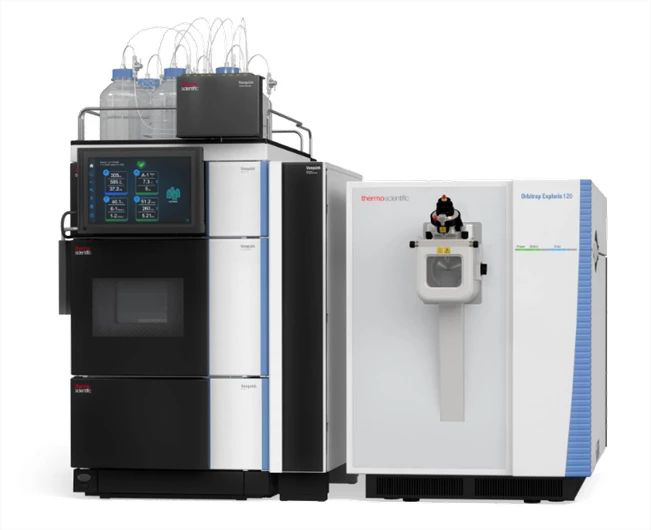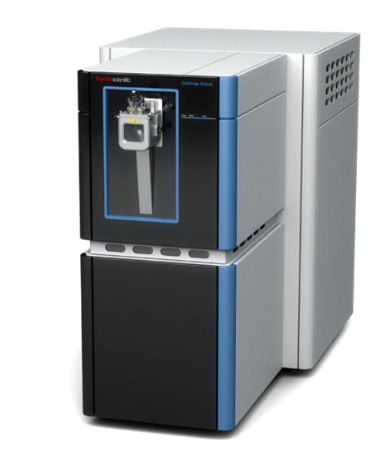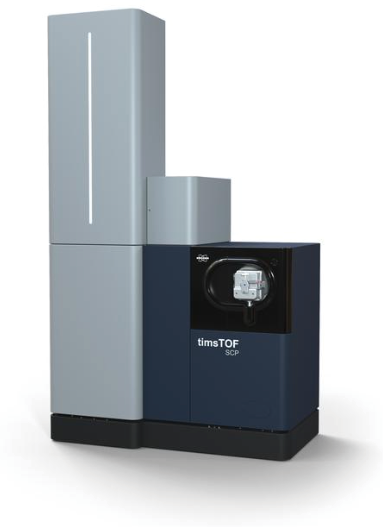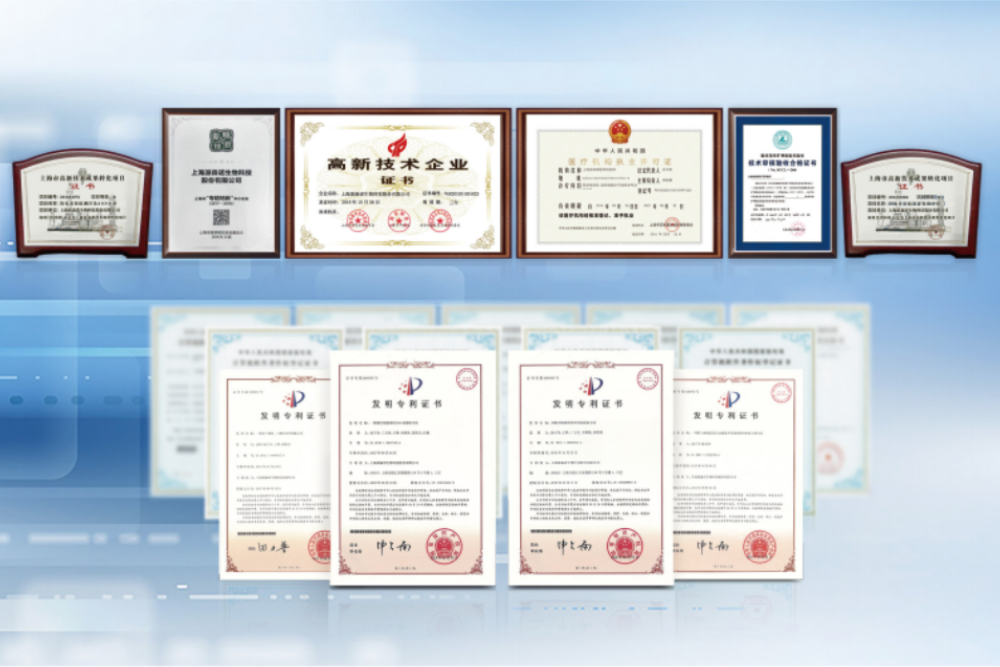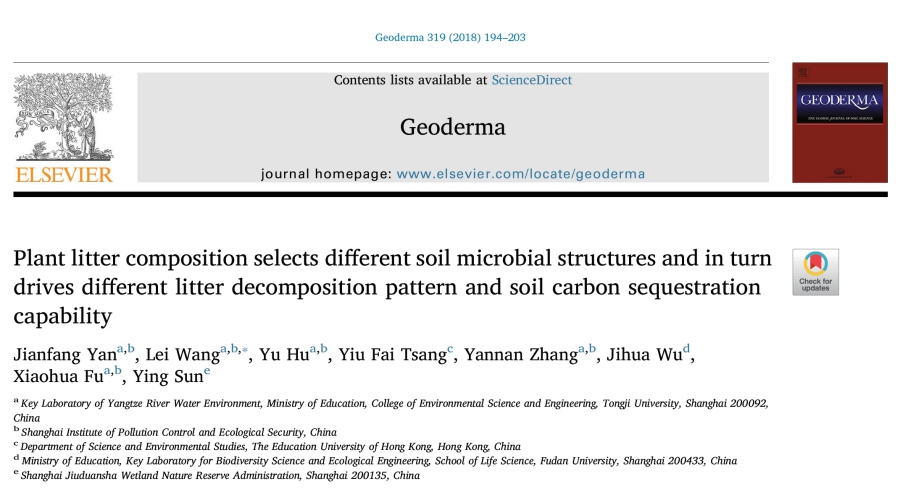
A B S T R A C T
Few studies have explored the successive impacts of plant litter composition on soil microbial structure andfunction, litter decomposition patterns and final soil carbon sequestration. In this study, two dominant halophytesin the Jiuduansha Wetland of the Yangtze River estuary, Phragmites communis and Spartina alterniflora,were selected for in-situ and ex-situ decomposition experiments aiming to clarify the difference in decomposition rate of their litter types in soil. Furthermore, plant litter composition, soil organic carbon and humus contents, soil respiration, microbial respiration and soil microbial structure were analyzed to explore dominant decomposition patterns of the two types of litter in soil and their organic carbon sequestration capability, as well as the microbiological mechanisms involved. The S. alterniflora litter decomposed faster in soil than P. communis due to its lower contents of cellulose and lignin. More degradable carbon in S. alterniflora litter induced higher proportions of the microbial community responsible for mineralization in the soil, such as classes β-Proteobacteria and γ-Proteobacteria and genera Geobacter and Flavobacterium, leading to higher soil respiration. Consequently,
despite the S. alterniflora zone having higher aboveground plant biomass than the P. communis zone, there were lower contents of soil organic carbon and humus. The P. communis zone, in contrast, on account of the induced higher proportion of a specific microbial community, such as class Anaerolineae and genera Methylibium, Gallionella and Desulfococcus – which potentially weakened mineralization and accelerated humification – resulted in lower soil respiration and thus higher contents of soil organic carbon and humus. These indicated that plant biomass was not the only factor affecting the soil organic carbon content; plant litter composition was also an important factor because it induced different soil microbial community structures which led to different organic carbon decomposition patterns, and therefore different soil organic carbon sequestration capability.
Keywords:
Phragmites communis Plant litter composition Soil carbon sequestration Soil respiration Soil microbial community Spartina alterniflora















